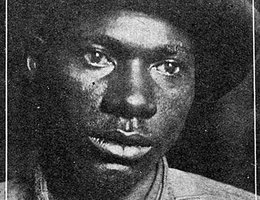

As Nebraska entered the 20th century, its ranchers had learned from ranching experiments of the 1870s and 1880s and the Depression of 1898. Ranchers did well with their improved herds and high demand. Meatpacking was by far the state’s leading business. Cattle ruled Nebraska’s economy.

The jobs provided by the expanding stockyards and packing plants attracted a wave of new immigrants to South Omaha. And particularly during World War I, large numbers of African Americans migrated from middle southern states (like Missouri and Arkansas) to Omaha to work in the packing houses. The black population swelled from just under 4,500 in 1910 to over 10,000 in 1920.

Racism wasn’t the only problem involving beef in the early 20th century. Omaha’s stockyards and packing industry struggled with labor and health issues. And ranchers and farmers still had serious conflicts over land usage. Big problems needed big reforms.
Read more about it:
Find out about the award-winning, Sandhills quilter, Grace Snyder,
who incorporated her ranch life into her quilts.